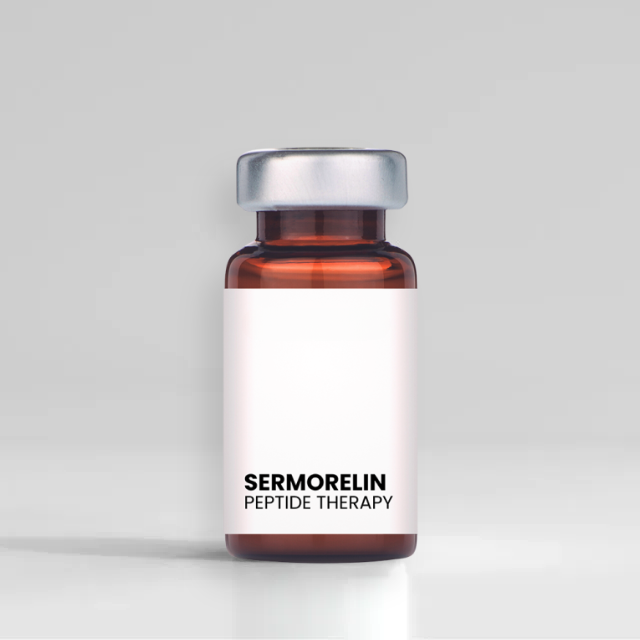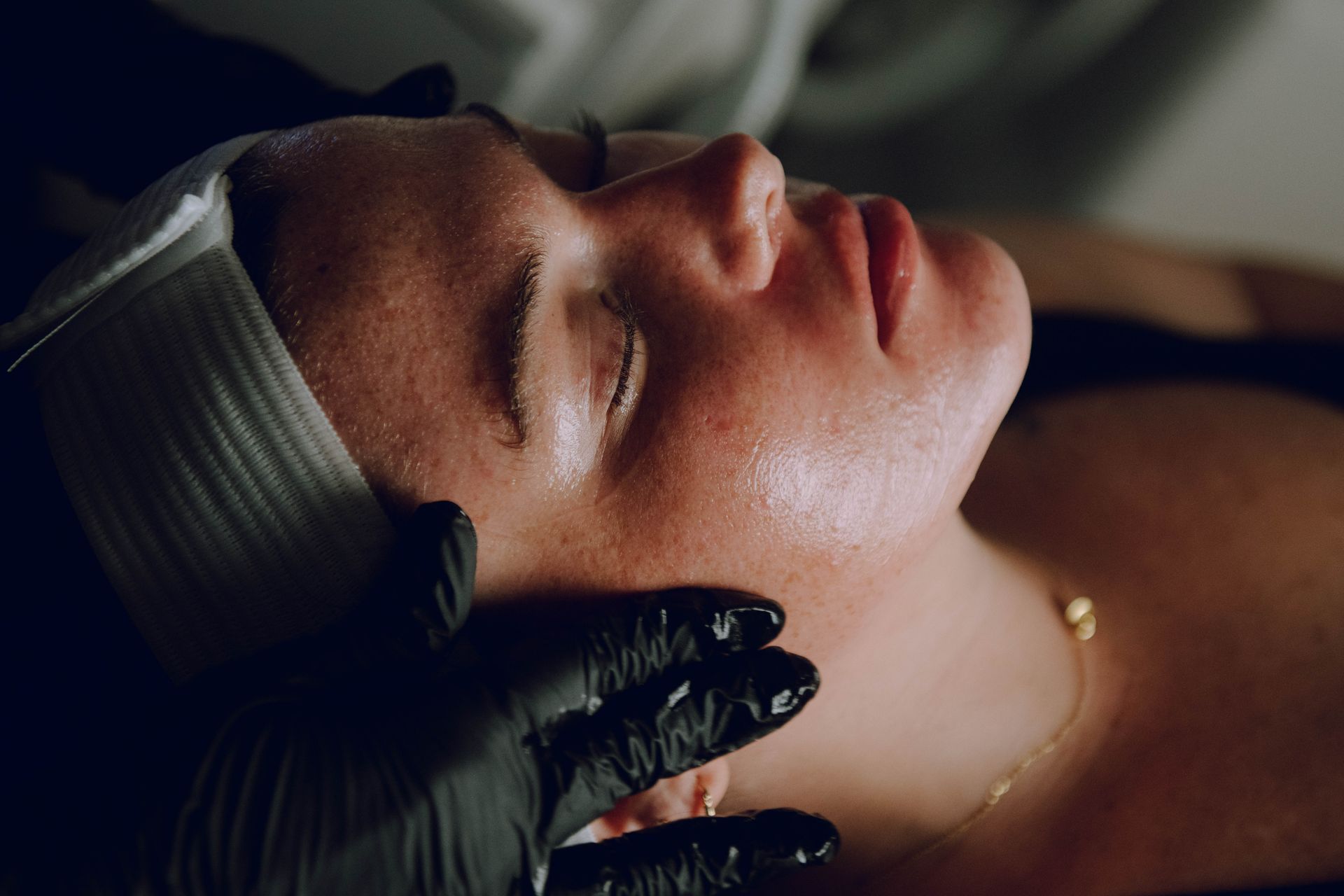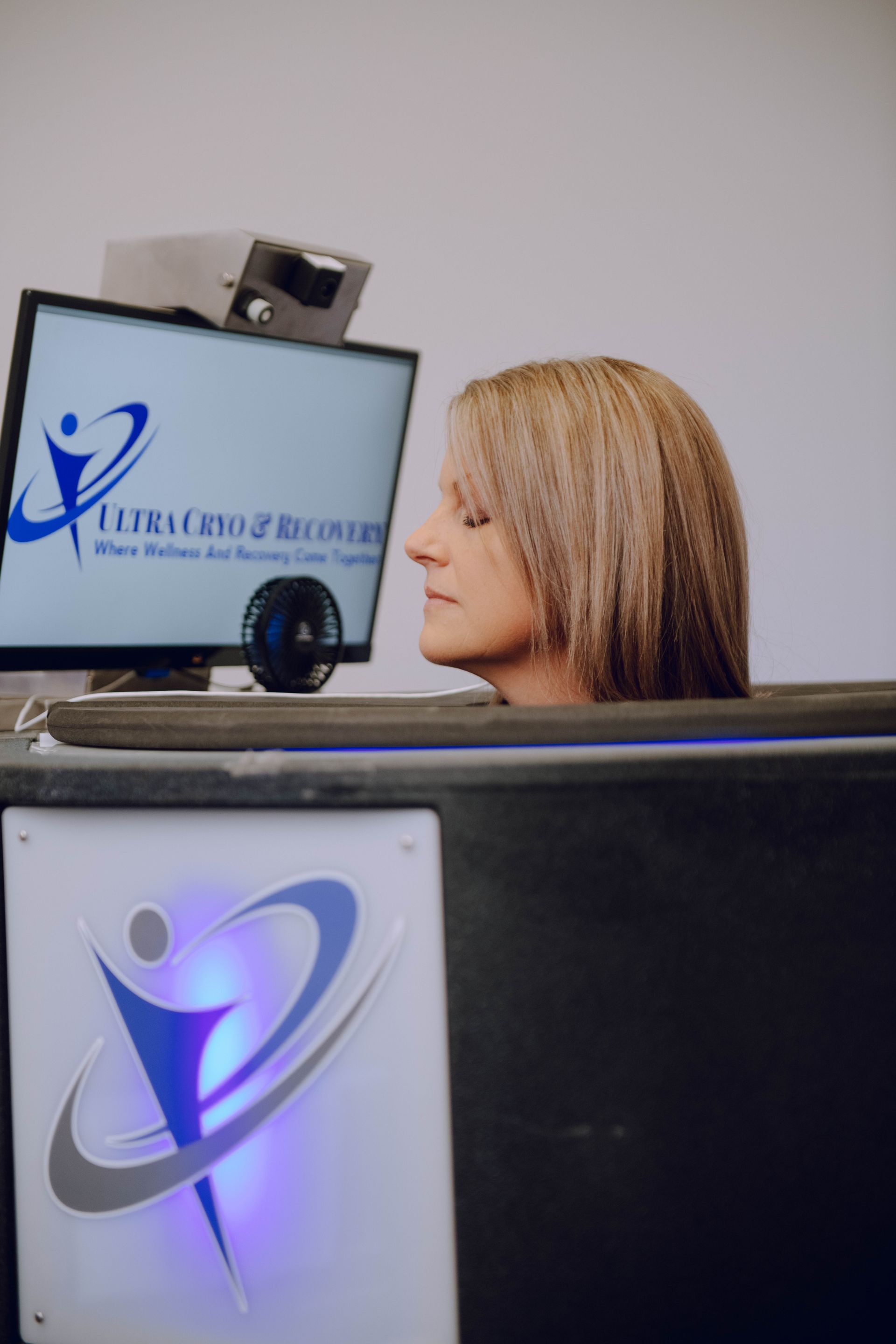Cryotherapy for Injury Recovery
Cryotherapy offers a popular, non-invasive way to speed up injury recovery, especially in sports and medicine.
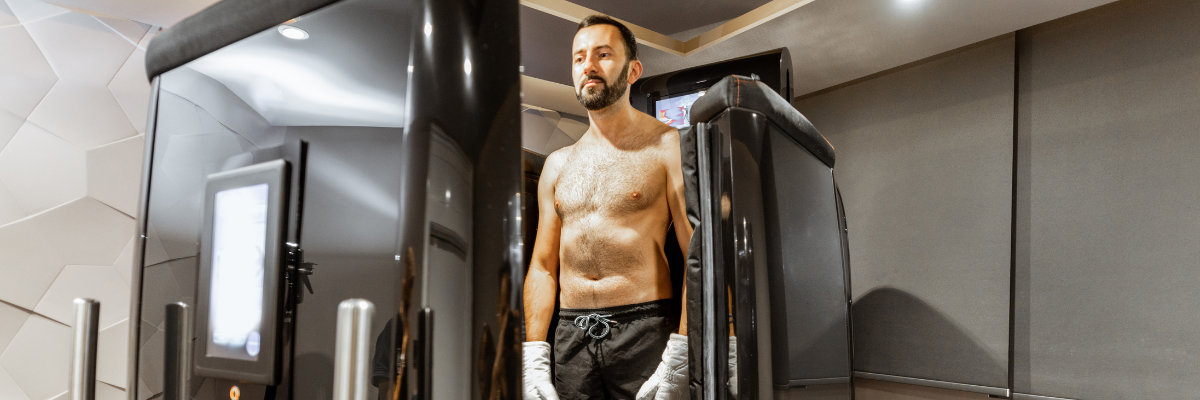
Cryotherapy is becoming a go-to option for recovery because it’s easy, non-invasive, and affordable. Whether you’re an athlete sidelined by an injury or someone dealing with pain, cryotherapy could be just what you need to get back on your feet faster. Let’s break down how this icy treatment works and why it’s worth considering.
In this article, you’ll learn:
- How cryotherapy helps reduce pain and inflammation.
- The types of injuries cryotherapy can treat.
- What to expect during and after a cryotherapy session.
Ready to explore how cryotherapy can help you recover quicker? Let’s dive in!
Common Injuries Treated with Cryotherapy
Cryotherapy is great for treating sports injuries, post-surgery swelling, and chronic conditions like arthritis.
Cryotherapy is widely used to manage injuries like sprains, strains, tendonitis, and more. It’s also effective for post-surgery recovery, helping to reduce pain and swelling. Athletes often turn to cryotherapy to manage both sudden injuries and long-term pain from overuse.
For example, conditions like runner’s knee or shin splints can be handled with cryotherapy, which reduces inflammation and pain. Even after surgery, cryotherapy can help control swelling and speed up your recovery. If you deal with chronic pain conditions like arthritis, regular cryotherapy sessions can make a noticeable difference by reducing inflammation and easing discomfort.
How Cryotherapy Works
Cryotherapy uses extreme cold to reduce inflammation and boost healing.
Cryotherapy, which literally means "cold therapy," is all about using very low temperatures to help treat injuries. While people have used ice packs forever, cryotherapy takes it a step further with high-tech options. When your body is exposed to intense cold, your blood rushes to your core to protect vital organs, which reduces inflammation. Once you’re done, fresh, oxygen-rich blood flows back, promoting healing. Plus, the cold triggers endorphins, which help reduce pain and make you feel better.
There are a couple of common ways cryotherapy is done. You can go for localized treatments like ice packs or special devices focused on one area, or whole-body cryotherapy, where you stand in a chamber cooled down to as low as -200°F for a few minutes. It might sound extreme, but many people swear by the benefits.
How Cryotherapy Helps with Injury Recovery
Cryotherapy reduces inflammation, speeds up healing, and improves mobility, making it ideal for recovering from injuries.
Injuries can be frustrating, whether you’re a weekend warrior or a pro athlete. Cryotherapy can help you bounce back faster by:
What to Expect During Cryotherapy
A cryotherapy session is quick and leaves you feeling refreshed with less pain and better mood.
Curious about trying cryotherapy? Here’s what a session typically looks like:

Before the Session
Before a cryotherapy session begins, a consultation with a healthcare professional is vital to ensure that it's an appropriate treatment for your condition.

During the Session
If you’re doing whole-body cryotherapy, you’ll step into a chamber wearing minimal clothing along with protective gear for your hands, feet, and ears. The cold hits fast, and you’ll stay in for about 2-3 minutes. For localized treatments, the cold is applied directly to the injured area using a device for around 5-10 minutes.
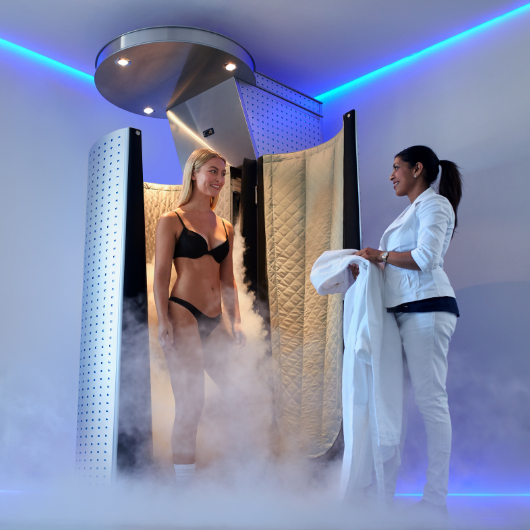
After the Session
After the session, you'll feel a rush of warmth as your body returns to its normal temperature. Most people report feeling immediate relief and a boost in their mood and energy levels. For best results, proper cryotherapy aftercare is essential.
Safety and Things to Keep in Mind
Cryotherapy is safe when done right, but it’s important to be aware of potential risks.
Cryotherapy is generally low-risk, but it’s still important to be cautious. Some common side effects include temporary numbness, redness, or tingling in the treated area. Rare but serious risks like frostbite or burns can happen if the procedure isn’t done correctly.
To keep things safe, always go to a professional and choose a cryotherapy center that follows strict safety guidelines. If you have any health conditions, check with your doctor before giving cryotherapy a try.
Real-World Applications and Testimonials
Athletes and everyday people alike use cryotherapy to bounce back faster from injuries.
Cryotherapy is a favorite among pro athletes and regular folks alike. Stars like LeBron James and Cristiano Ronaldo swear by it to keep their bodies in peak condition. Many others have shared how cryotherapy helped them recover from injuries faster and feel better overall.
One runner said, “I tried cryotherapy, and it really helped with my pain and swelling. Plus, I felt great afterward and slept better that night. I’ll definitely be doing it again.”
Speed Up Your Recovery with Cryotherapy
Cryotherapy is a non-invasive way to recover faster and can be a key part of your healing plan.
If you’re looking for a way to recover from injuries faster, cryotherapy might be the perfect addition to your routine. By cutting down inflammation, easing pain, and speeding up healing, cryotherapy can help you get back to doing what you love sooner.
Ready to give it a shot? Book a cryotherapy session today and see how cryotherapy can help you bounce back better and faster!


